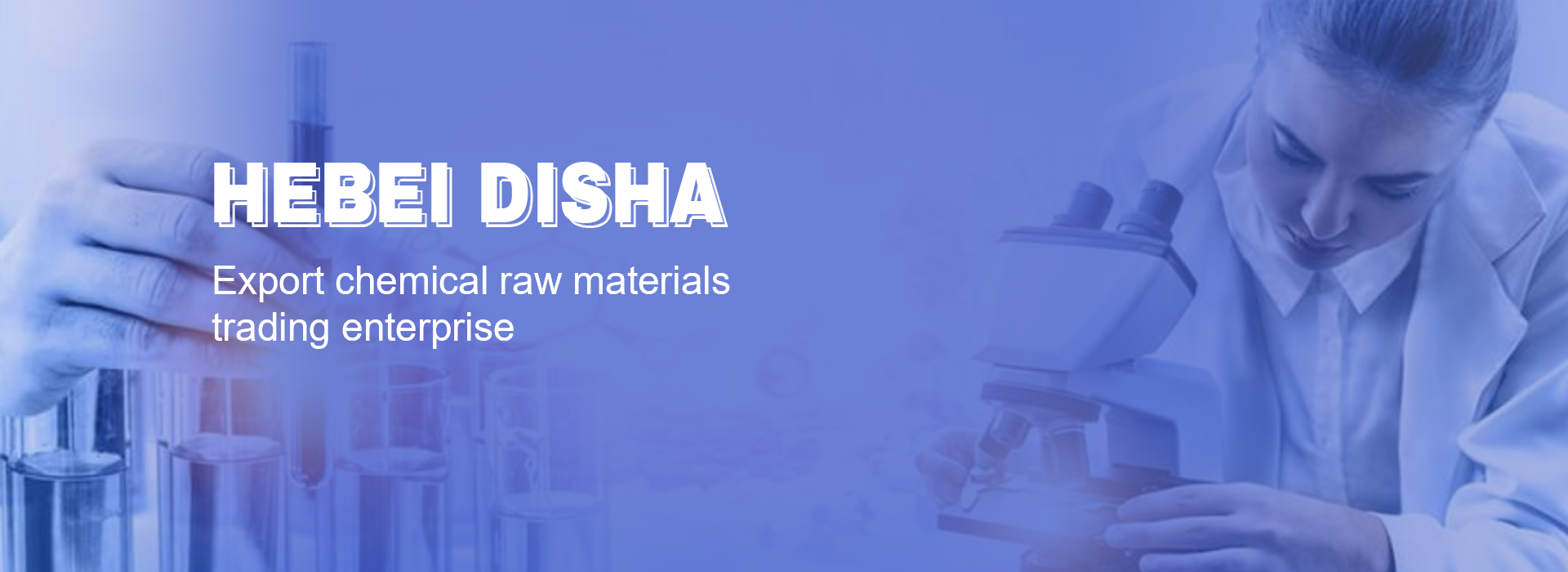Warning: Undefined array key "title" in /home/www/wwwroot/HTML/www.exportstart.com/wp-content/themes/1198/header.php on line 6
Warning: Undefined array key "file" in /home/www/wwwroot/HTML/www.exportstart.com/wp-content/themes/1198/header.php on line 7
Warning: Undefined array key "title" in /home/www/wwwroot/HTML/www.exportstart.com/wp-content/themes/1198/header.php on line 7
Warning: Undefined array key "title" in /home/www/wwwroot/HTML/www.exportstart.com/wp-content/themes/1198/header.php on line 7
Aug . 13, 2024 22:07 Back to list
Exploring the Properties and Applications of Polyethylene Glycol and Polypropylene Glycol Blends
The Versatile Uses of Polyethylene Glycol and Polypropylene Glycol
Polyethylene glycol (PEG) and polypropylene glycol (PPG) are two important polymers that have gained significant attention across various industries due to their unique properties and versatility. Both these glycols find a range of applications in fields such as pharmaceuticals, cosmetics, food processing, and industrial processes.
Understanding Polyethylene Glycol (PEG)
Polyethylene glycol is a polyether compound that is created from the polymerization of ethylene oxide. It is a colorless, odorless, and hygroscopic solid or liquid, depending on its molecular weight. PEG is soluble in water and many organic solvents, which makes it an excellent medium for various applications.
In the pharmaceutical industry, PEG is extensively used as an excipient in drug formulations. Its biocompatibility and non-toxicity make it an ideal choice for use in various drug delivery systems. PEGylation, the process of attaching PEG chains to drug molecules, enhances their solubility and stability, improves pharmacokinetics, and reduces immunogenicity. This modification is especially crucial in the development of biopharmaceuticals, including monoclonal antibodies and peptides.
In the cosmetic industry, PEG serves as a versatile ingredient in creams, lotions, and ointments. It acts as a humectant, helping to retain moisture on the skin and providing a smooth texture to products. Additionally, PEG can facilitate the delivery of active ingredients into the skin, enhancing the overall effectiveness of cosmetic formulations.
Exploring Polypropylene Glycol (PPG)
polyethylene glycol polypropylene glycol

Polypropylene glycol, on the other hand, is produced from the polymerization of propylene oxide. It is a low-viscosity liquid that is generally hydrophobic, which differentiates it from PEG. PPG is less soluble in water but can blend well with various organic solvents, making it suitable for specific applications where water solubility is not required.
PPG's primary use is in the production of lubricants and surfactants. Its ability to lower the surface tension of liquids makes it an excellent additive in industrial cleaners, emulsifiers, and dispersants. In the agricultural sector, PPG is used as a surfactant in pesticide formulations, improving the efficacy of active ingredients.
Another significant application of PPG is in the production of polyurethane products. It serves as a key ingredient in the manufacture of foams, elastomers, and adhesives, offering desirable properties such as flexibility, durability, and chemical resistance. The automotive and construction industries benefit from these properties, as PPG-based materials are used in sealants and insulation.
The Synergy Between PEG and PPG
The combined use of PEG and PPG can enhance product performance across various applications. For instance, in formulations requiring both hydrophilic and hydrophobic properties, the dual-action of PEG and PPG can create stable emulsions. This is particularly relevant in the cosmetic and pharmaceutical sectors, where such characteristics are often desired.
In summary, polyethylene glycol and polypropylene glycol are essential polymers with widespread applications, ranging from healthcare to industrial settings. Their unique properties, such as water solubility, low toxicity, and ability to modify physical characteristics, make them indispensable in enhancing product formulations. As research continues to shed light on their potential, we can expect even more innovative uses for these versatile glycols in the future.
Latest news
-
Certifications for Vegetarian and Xanthan Gum Vegetarian
NewsJun.17,2025
-
Sustainability Trends Reshaping the SLES N70 Market
NewsJun.17,2025
-
Propylene Glycol Use in Vaccines: Balancing Function and Perception
NewsJun.17,2025
-
Petroleum Jelly in Skincare: Balancing Benefits and Backlash
NewsJun.17,2025
-
Energy Price Volatility and Ripple Effect on Caprolactam Markets
NewsJun.17,2025
-
Spectroscopic Techniques for Adipic Acid Molecular Weight
NewsJun.17,2025

